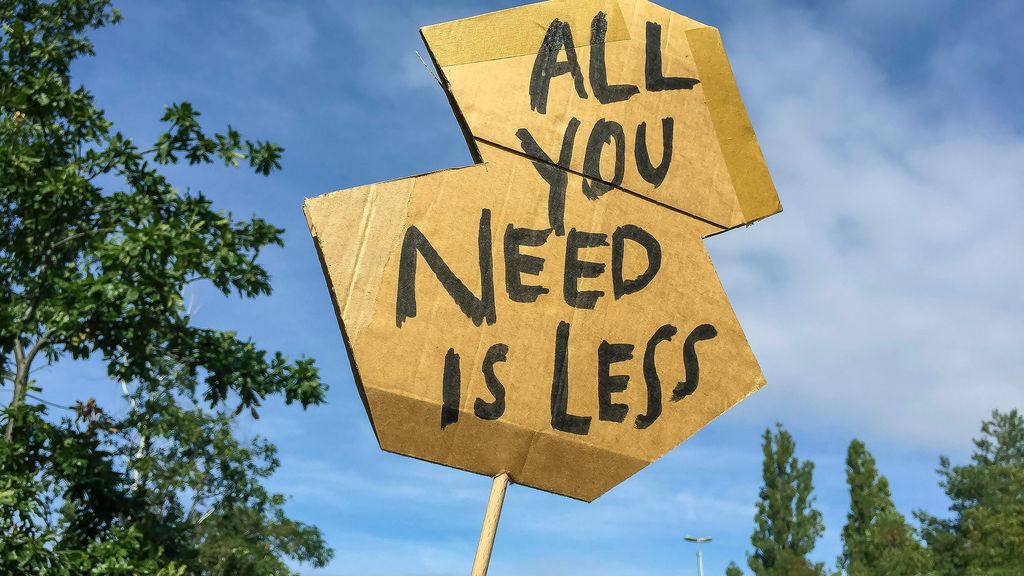

Greenhouse gases in the atmosphere are not harmful in themselves, but rather enable us to live on this planet!
Without the natural envelope of greenhouse gases within the Earth's atmosphere, our temperature on Earth would be -18 °C, making life on Earth impossible. Problematic, however, is the strongly increased emission by us humans since the beginning of industrialization. Due to this, the temperature on earth continues to increase, bringing with it far-reaching negative consequences.
The increase in greenhouse gases doesn't just happen - we consume more, fly more, can buy summer fruit in winter. All of this is practical in the first place, often making individual lives enormously easier. But increased consumerism also has drawbacks, accelerating climate change and making it harder to reduce our CO₂ footprint.
The first approach toward a more climate-friendly lifestyle should always be reduction, as avoiding greenhouse gas emissions makes more sense than offsetting them after the fact. If you're looking to reduce your footprint, check out the categories below for some tips and examples. The bad news right up front: due to public facilities that cannot reduce, such as hospitals, an individual's complete carbon neutrality is not possible through reduction alone. This can only be achieved through simultaneous offsetting, but ultimately the following always applies: "First reduce, then offset"! In the following subcategories, we mainly refer to CO2, but in scientifically correct terms, we are talking about CO2 equivalents, or CO2e.